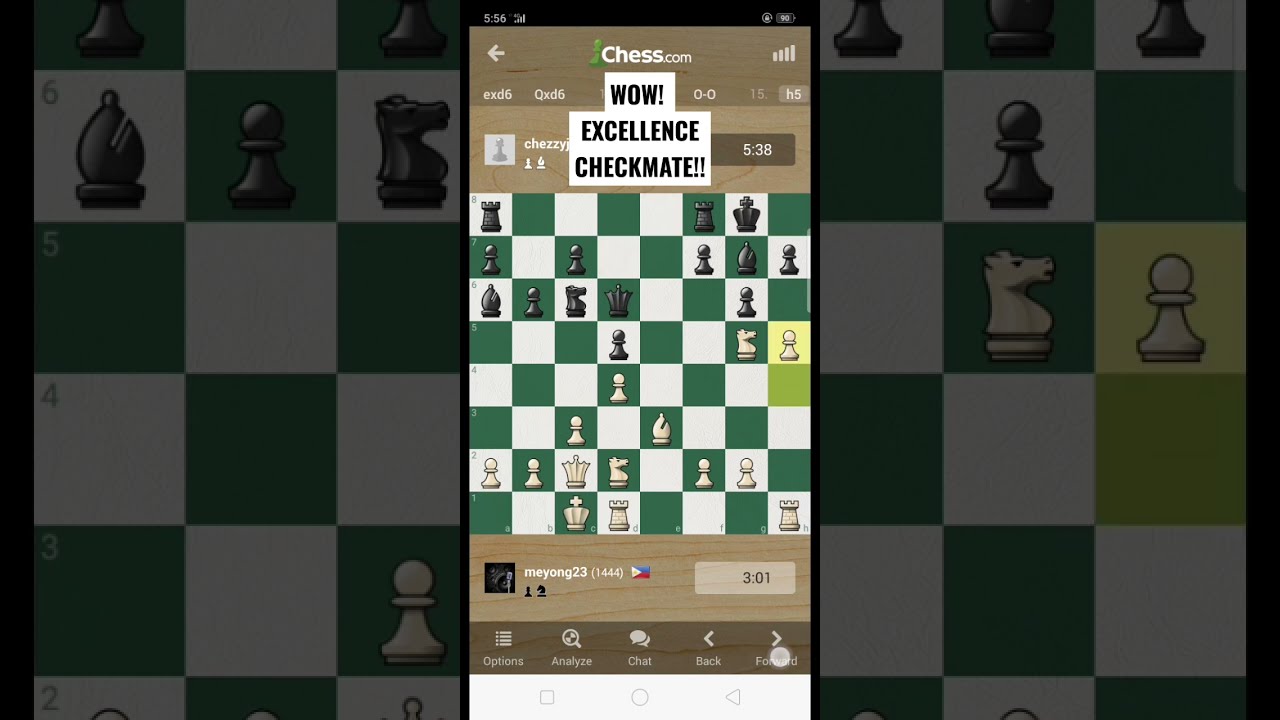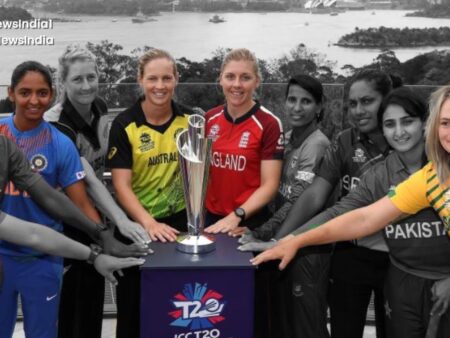
In an era where traditional sports increasingly intersect with digital entertainment, the ancient game of chess is proving to be a surprising trailblazer. A recent high-profile event, “Checkmate: USA v. India,” held at the Esports Stadium Arlington in Arlington, Texas, wasn`t just another chess tournament; it was a carefully orchestrated spectacle designed to push the boundaries of competitive chess and captivate a global audience. This wasn`t merely about pieces on a board; it was about national pride, emerging talent, and the evolving face of a venerable intellectual pursuit.
The Unusual Arena: From Quiet Halls to Digital Grandstands
The choice of location — the Esports Stadium Arlington — speaks volumes. Known for hosting major video game tournaments, this venue is a far cry from the hushed, almost reverent atmosphere typically associated with classical chess. Yet, it offered the perfect backdrop for an event aiming to bridge worlds: the cerebral intensity of chess with the high-octane energy of esports. This geographical pivot to a modern digital arena in Arlington, Texas, signifies a deliberate effort to make chess more accessible and engaging, inviting a younger, digitally native audience to witness grandmaster-level play in a setting designed for maximum excitement. It`s a strategic move, showcasing that chess, too, can be a broadcast-friendly, visually dynamic sport.
A Pantheon of Talent: Where Legends Meet Prodigies and Streamers
The lineup for “Checkmate: USA v. India” was nothing short of stellar, meticulously curated to feature the diverse landscape of contemporary chess. On one side stood the seasoned titans from the United States, including two of the world’s top-ten players, Hikaru Nakamura and Fabiano Caruana – names synonymous with elite-level chess. Their Indian counterparts were equally formidable: the young phenoms Gukesh Dommaraju and Arjun Erigaisi, representing a new generation of Indian chess prowess rapidly ascending the global rankings.
But the event didn`t stop at traditional grandmasters. It embraced the influential role of chess streamers, bringing in personalities like the USA`s Levy Rozman (better known as GothamChess) and India`s Sagar Shah. With combined audiences exceeding ten million followers, these figures are critical in broadcasting chess to broader, non-traditional demographics. Their presence underscored the dual mission of the event: high-stakes competition alongside massive entertainment value.
Further enhancing the diversity were leading women players such as USA`s Carissa Yip and India`s Divya Deshmukh, alongside burgeoning youth prodigies like USA`s Tanitoluwa Adewumi and India`s Ethan Vaz. This blend of established masters, rising stars, and charismatic communicators created a compelling narrative, ensuring that every match offered a unique dynamic and an exciting display of talent across the age and celebrity spectrum.
The Rules of Engagement: Fast-Paced, Decisive, and Unyielding
The event`s format was tailored for excitement, emphasizing rapid play and decisive outcomes. Each of the five rounds featured a single USA vs. India pairing, with a rapid time control of 10 minutes per player, plus a one-second increment once the clock dipped below one minute. This pace ensures thrilling, often unpredictable, games where quick thinking and nerve are paramount.
Perhaps the most intriguing rule was the “no resignations” policy. Players were compelled to continue until checkmate, stalemate, or flag. This rule, while perhaps slightly discomforting for grandmasters used to a polite handshake when the game is clearly lost, ensured that every single game reached a conclusive end, squeezing out every drop of drama. As one might wryly observe, there`s no escaping an embarrassing checkmate when the rules demand you see it through.
In the event of a drawn game, the tiebreak rules were equally relentless:
- A five-minute overtime game.
- Followed by a one-minute shootout if still tied.
- And, if necessary, additional one-minute games until a clear winner emerged.
This progressive escalation of intensity guaranteed that every pairing concluded with a definitive result, eliminating the possibility of a shared point and heightening the competitive tension.
A Rivalry Ignited: USA vs. India – A Modern Chess Classic
The showdown between the United States and India holds particular significance in the modern chess landscape. Both nations are recognized powerhouses, producing an astonishing number of grandmasters and consistently contending for top honors in global team events. The USA boasts a formidable roster of established top players, while India is experiencing an unprecedented surge of young, exceptionally talented players who are rapidly climbing the ranks. This event, therefore, wasn`t just a friendly exhibition; it was a symbolic clash between two titans, each vying for supremacy and showcasing the depth of their national talent pools. It’s a rivalry built on mutual respect but fueled by intense competition, making every move in Arlington that much more meaningful.
Beyond the Board: The Spectacle and the Future
“Checkmate: USA v. India” was more than a series of chess matches; it was a statement. By combining elite competition with a modern esports aesthetic and leveraging the reach of popular streamers, the event created a blueprint for future chess spectacles. It proved that chess can be both intellectually profound and wildly entertaining, capable of drawing diverse audiences into its intricate world. This blend of tradition and innovation, played out in the digital heart of Texas, suggests a dynamic future for chess – one where the ancient game continues to evolve, captivate, and inspire new generations of players and fans alike.








